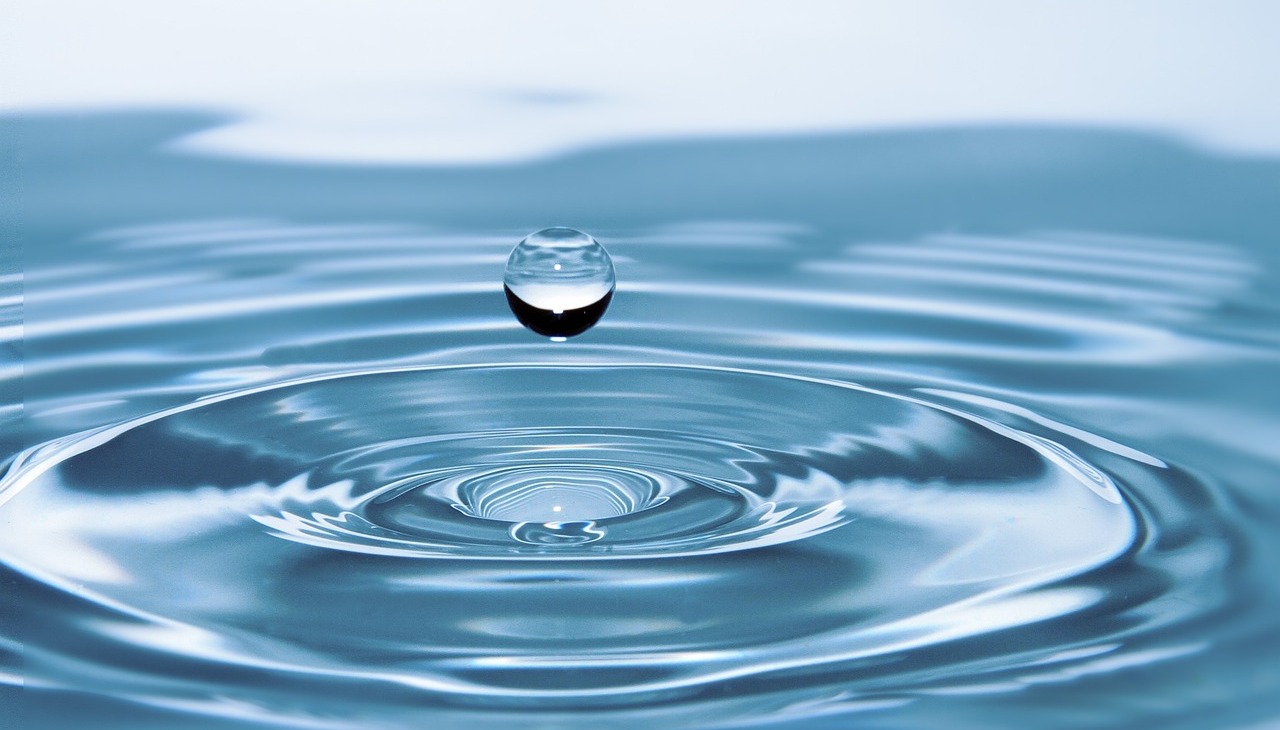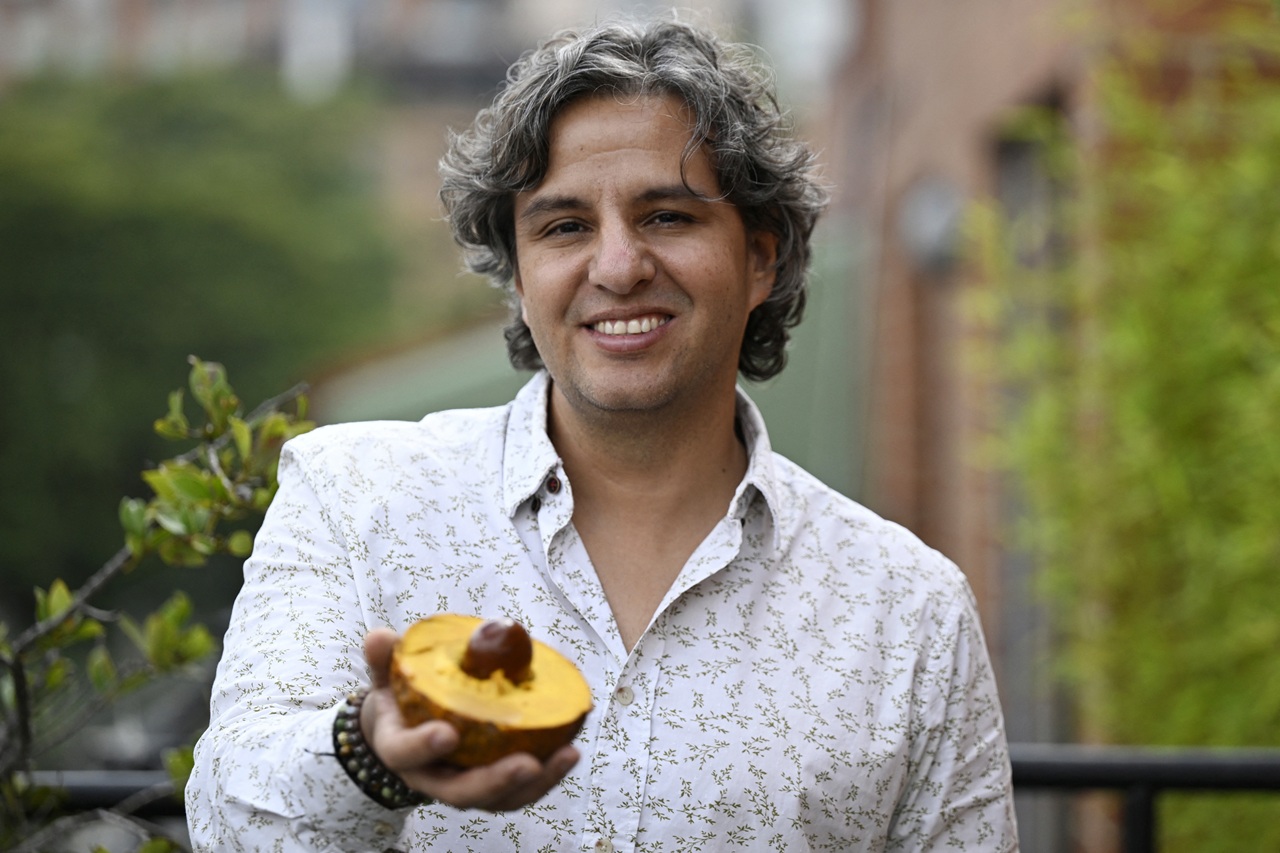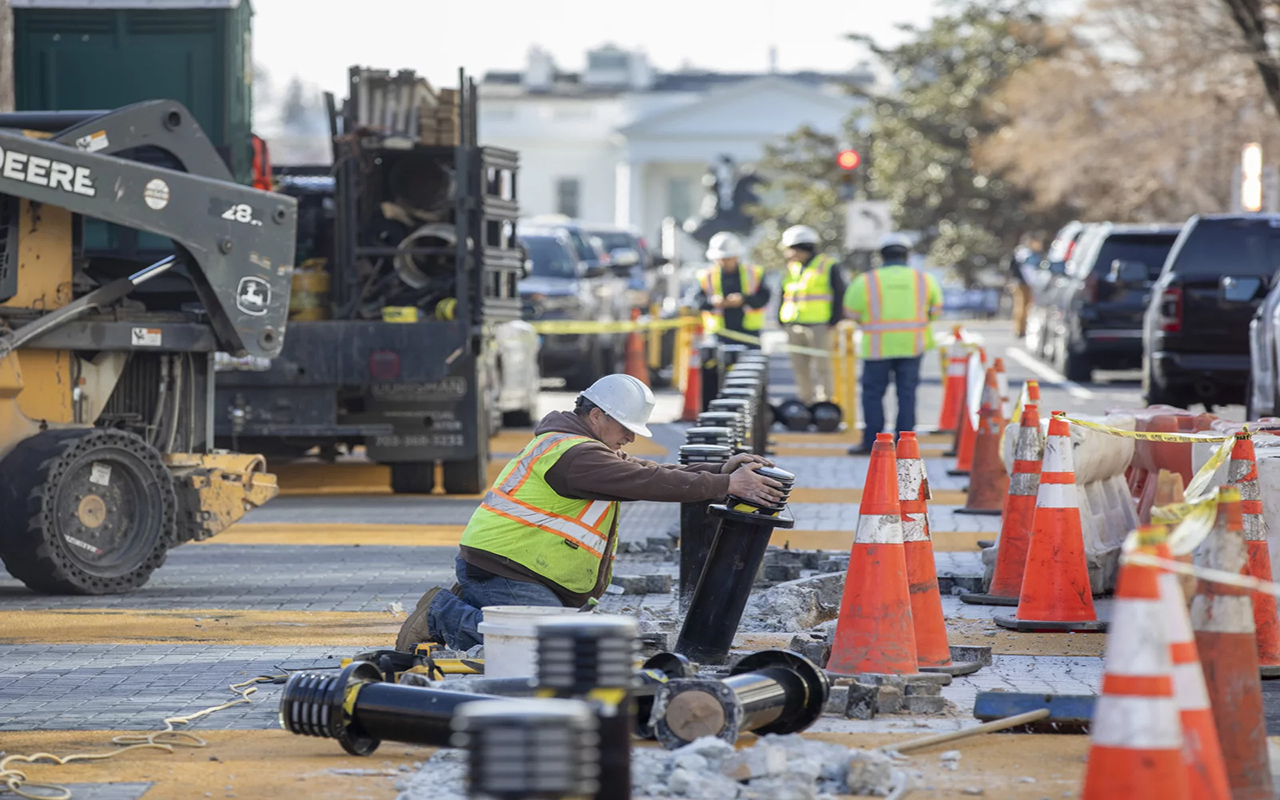
Amazon Web Services (AWS) announced new commitment to deliver clean water
The initiative seeks to return more water to communities by 2030 than they use.
In the middle of the AWS re:Invent event, the subsidiary of Amazon.com Inc., announced that it will be positive water (water+) in a period of 7 years, which means that it will return more water to communities than it uses on its direct operations.
Adam Selipsky, CEO of AWS, stated:
Water scarcity is a major issue around the world and with today’s water positive announcement we are committing to do our part to help solve this rapidly growing challenge.
The replenishment project, which will take place in towns in India, the United Kingdom and the United States, builds on Amazon's $10 million commitment to Water.org to support the launch of the Water and Climate Fund, which will provide climate resilient water and sanitation to 100 million people in Asia, Africa and Latin America.
This donation will directly empower 1 million people with access to water by 2025, providing 3 billion liters of water each year to people in water-scarce areas.
AWS is already on its way to becoming water+, and as part of this new commitment, it will report annually on its WUE metric, new water reuse and recycling efforts, new activities to reduce water use at its facilities, and progress on water reuse projects, new and existing ones.
Water+ company
AWS has 4 key strategies to become water+ by 2030:
- Water Efficiency: AWS is constantly innovating in its infrastructure to reduce water consumption. It achieves its industry-leading water efficiency by using advanced cloud services, such as Internet of Things (IoT) technologies, to analyze water usage in real time and identify and fix leaks. AWS further improves operational efficiency by eliminating cooling water use at many of its facilities for most of the year, and instead relying on outside air.
- Sustainable Sources: AWS uses sustainable water sources, such as recycled water and rainwater harvesting, whenever possible. Using recycled water, which is only suitable for a limited set of applications, such as irrigation and industrial use, preserves valuable drinking water for communities. AWS already uses recycled water for cooling in 20 data centers around the world and has plans to expand the use of recycled water in more facilities as it works to become water+.
- Community Water Reuse: After maximizing water use in its data centers, spent liquid is still safe for many other uses, and AWS is finding more ways to return it to communities. In Oregon, AWS provides up to 96% of its data center cooling water to local farmers free of charge for use in irrigating crops such as corn, soybeans, and wheat.
- Water replenishment: To fulfill its agua+ commitment, AWS is investing in water replenishment projects in the communities where it operates. Replenishment projects expand water access, availability, and quality by restoring watersheds and providing clean water, sanitation, and hygiene services to water-scarce communities.
“In just a few years half of the world’s population is projected to live in water-stressed areas, so to ensure all people have access to water, we all need to innovate new ways to help conserve and reuse this precious resource. While we are proud of the progress we have made, we know there is more we can do. We are committed to leading on water stewardship in our cloud operations, and returning more water than we use in the communities where we operate. We know this is the right thing to do for the environment and our customers,” added Selipsky.
RELATED CONTENT
In pursuit of our vision of safe water and sanitation for all, we are scaling impact by exploring new markets and financial solutions to help end the global water crisis. Here’s how your donations can help change more lives with safe water, faster. https://t.co/85jOkwXt9f pic.twitter.com/hPyaYKSrKu
— Water.org (@Water) November 27, 2022
New projects
AWS recently announced several new projects that seek to provide more than 823 million liters of water to communities each year. These ones stand out:
- India: AWS is providing ongoing support to WaterAid to complete projects in Hyderabad and Andhra Pradesh after launching in March 2022. Since then, WaterAid has already completed five piped water systems and new groundwater recharge projects, serving 500 households, approximately 2,100 people, with an estimated 47 million liters of water per year. WaterAid also ran water conservation education campaigns in these communities to educate residents on practical ways they can conserve clean water, utilize rainwater harvesting, and conduct water audits.
- United Kingdom: AWS is working with The Rivers Trust and Action for the River Kennet to create two wetlands on a tributary of the River Thames, one of the UK's major water catchment areas. The wetlands will recharge more than 587 million liters of groundwater per year and improve water quality by receiving and treating polluted runoff from farms and roads, addressing increasing water scarcity and improving water quality in the River Thames basin.
- USA (California): Starting this winter, AWS, the nonprofit conservancy organization Freshwater Trust, and the Omochumne-Hartnell Water District, will recharge 189 million liters of groundwater per year using winter water from the Cosumnes river. This will allow water to gradually flow through the water table and back into the Sacramento and San Joaquin Basin, increasing water flows during the drier summer months. This reduces river temperatures, improves salmon habitat, and increases summer flows into the San Francisco Bay delta, a critical water supply source for communities in the region.
Reactions
“Our work with Amazon is supported by the shared belief that solving the global water crisis is possible. We commend AWS for committing to return more water than it uses by announcing Water+ by 2030,” said Matt Damon, co-founder of Water.org.
“WateReuse Association celebrates AWS’s commitment to go water positive by 2030, and for integrating water recycling as a key component in its goal to protect water resources, local ecosystems, and spur economic development. The progress AWS has made in using recycled water for cooling in 20 of their data centers already shows great leadership for the industry. We look forward to collaborating with Amazon to implement water reuse for the benefit of their operations and for the communities in which they operate,” noted Patricia Sinicropi, executive director of WateReuse Association.
“AWS’s announcement to be water positive by 2030 demonstrates a clear commitment to water stewardship and sustainability. AWS’s support of our work has helped improve water security for people and nature in water-stressed regions in South Africa and Brazil. We look forward to continuing our relationship with AWS to improve water quality and quantity by protecting and restoring watersheds around the world,” stressed Mary Wenzel, managing director of corporate engagement at The Nature Conservancy.
To learn more about the AWS Water Commitment, click here.











LEAVE A COMMENT: